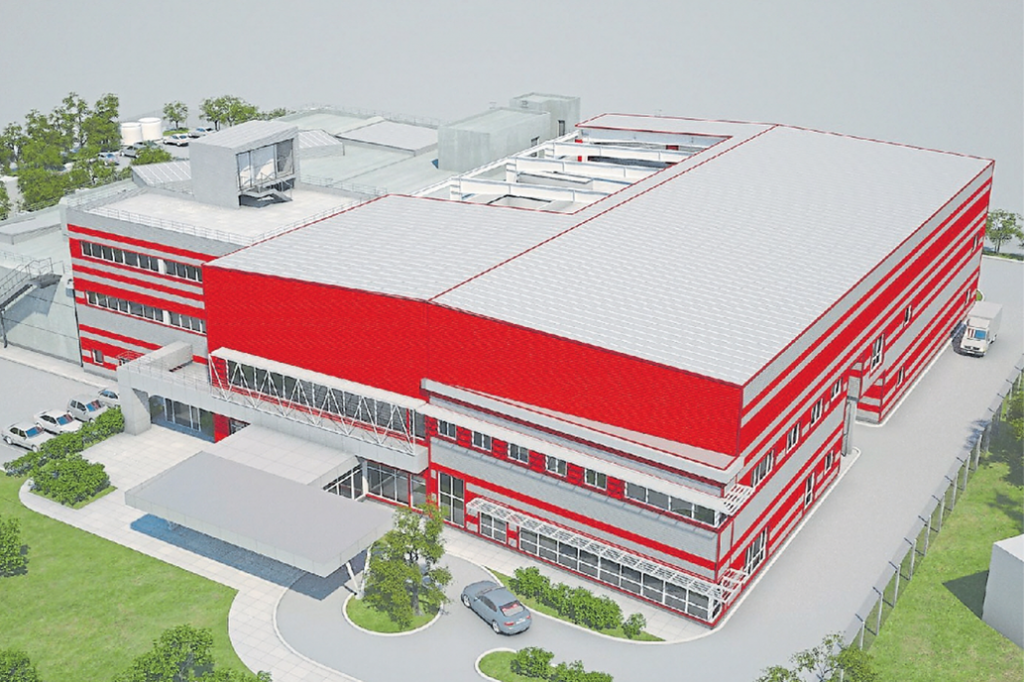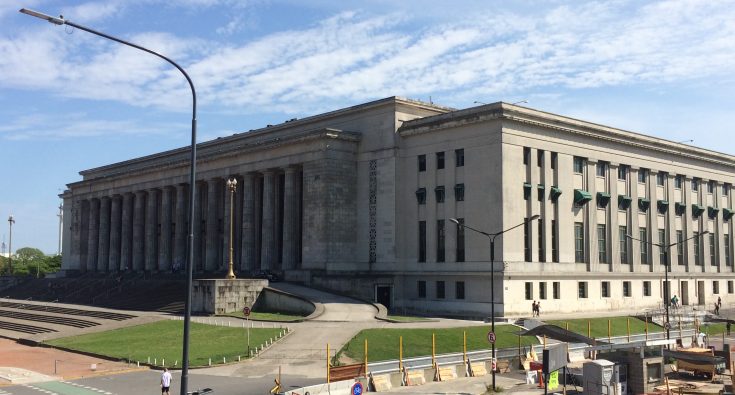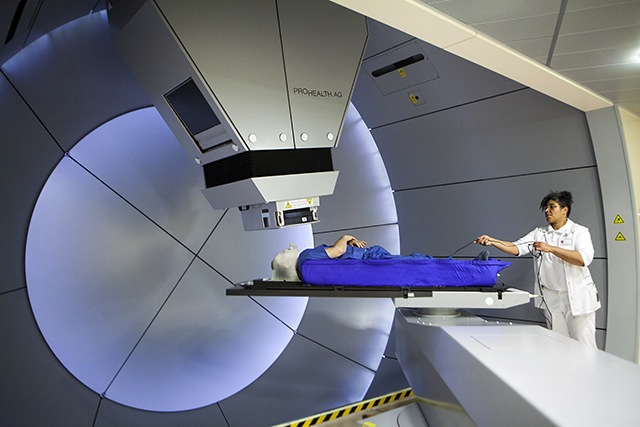RIO DE JANEIRO, BRAZIL – The new Argentine Proton Therapy Radiotherapy Center, also called “the bunker”, will be built on the grounds of the Ángel Roffo Oncology Institute, under the University of Buenos Aires (UBA), in the Agronoma neighborhood.
The University of Buenos Aires is a public research university in Buenos Aires. Established in 1821, it is the premier institution of higher learning in the country and one of the most prestigious universities in South America. It has educated seventeen Argentine presidents, produced four of the country’s five Nobel Prize laureates, and is responsible for approximately forty percent of Argentina’s research output.
The cancer center is focusing on the treatment of tumors located in areas that are difficult to access, such as the base of the skull, or infrequent and complex pediatric cancers, in addition to research. Unlike conventional radiation therapy, proton beams are more concentrated in tumors, with minimal radiation to surrounding tissues and fewer adverse effects.
Proton radiotherapy equipment, as opposed to photons of conventional radiotherapy — which requires facilities with special safety measures –, had been acquired from a foreign company between 2014 and 2015, but only paid for last year.
The acquisition was a purchase commitment, in which the Federal Planning Ministry commanded by Julio De Vido, negotiated with the Belgian company Ion Beam Applications (IBA).

According to UBA, the total cost of the project, which will cover the National Atomic Energy Commission (CNEA), is US$44.8 (R$170) million. Both institutions will jointly manage the new center when it is completed.
The first structure, the physical space where patients receive therapy, and its particle accelerator (cyclotron), which produces the beam of protons to irradiate the tissue where the tumor is, will arrive in November 2019, according to the UBA.
“The new center will include a proton therapy kit consisting of a cyclotron and two treatment rooms, plus an experimental research room, a state-of-the-art clinical linear accelerator, a diagnostic magnetic resonator, and the nation’s first CyberKnife [for high-precision robotic radiosurgery]. The equipment will allow radiotherapy and radiosurgery treatment of head, neck and eye tumors, in addition to its application in pediatrics, as it is a type of radiotherapy with fewer undesirable side effects,” they added speaking to media outlet La Nación.

Alberto Barbieri, Rector of the national university, highlighted “the great national and regional impact” that the project will have located on the Roffo Institute campus for public health. “In our hospitals, we are preparing doctors and specialists for the future,” he said.
UBA not only has the most important cancer institute in Argentina, it is also a reference in Latin America. Now, with this highly complex center, it will have a new space for research and preparation of its doctors to increase the physical and medical residencies to continue strengthening the practice and research in this area so sensitive to the health of the South American population.
According to the first agreement signed in May 2015, CNEA was to execute the construction works in an area of 3,500 square meters, in addition to the construction of a new biotherium to move the one that was in the sector where the new center will operate.
By an extension signed in March last year, the original work was extended to about 4,000 square meters to install a second gantry, an experimental room, a magnetic resonator, and a linear accelerator.
Now, as promised, the project will have the first stage of construction by December, with a second phase throughout next year.

“This high-cost technology is only available in eighty centers around the world, located mostly in the United States, Canada, Europe, and Asia. Thanks to this Argentinian initiative, it will also be available in South America from mid-2021,” said the Rector of UBA. In Europe, there are already 21 centers in operation, thirteen under construction, and nine projects approved.

